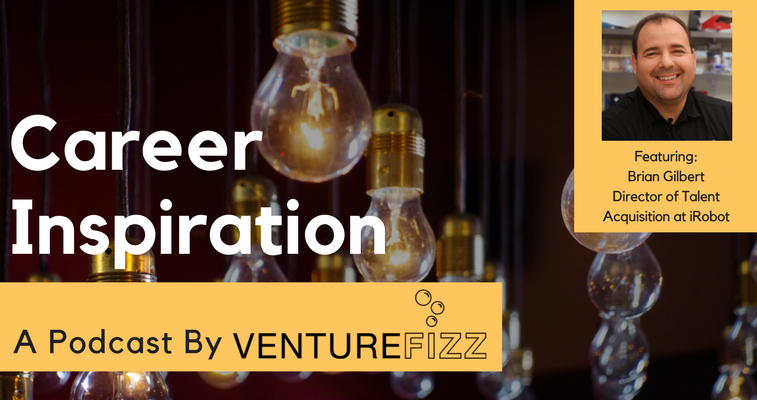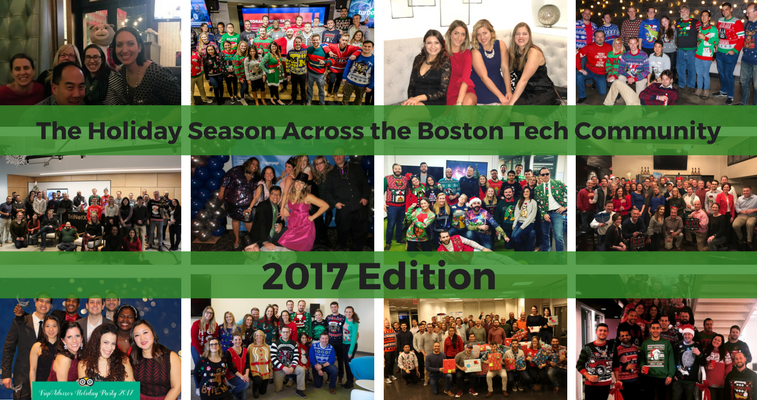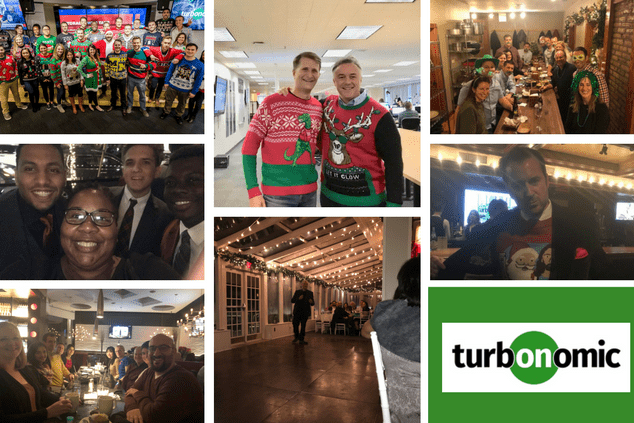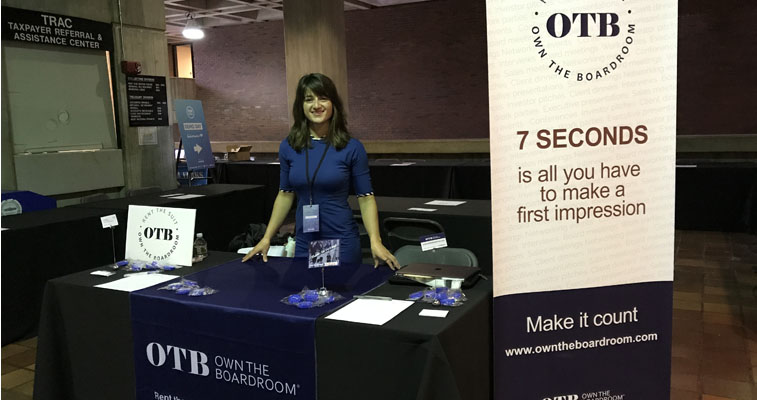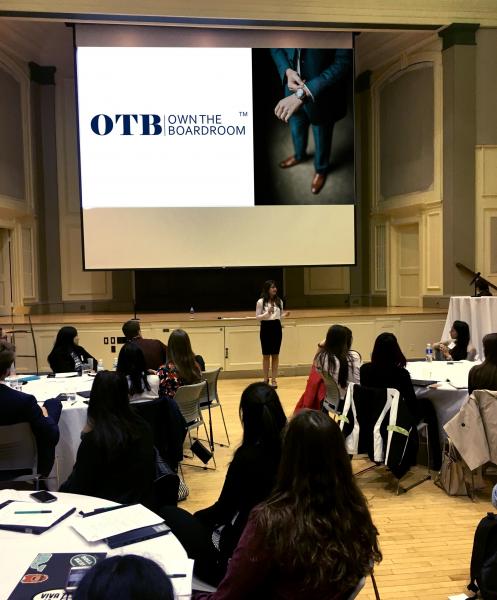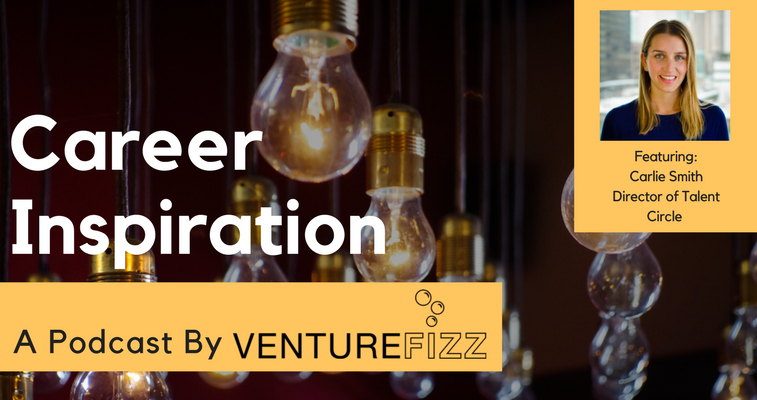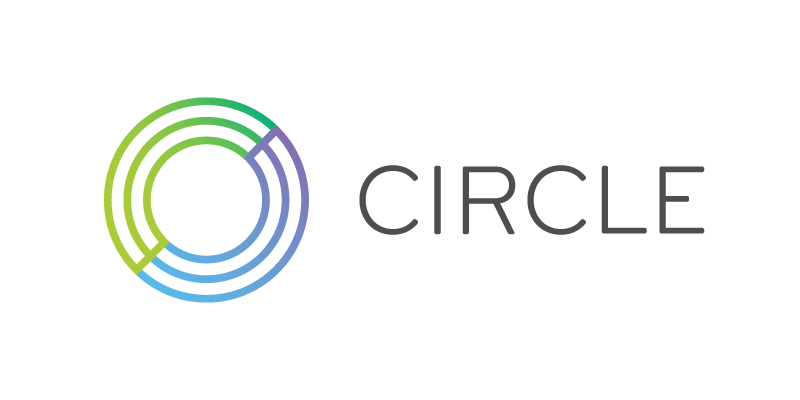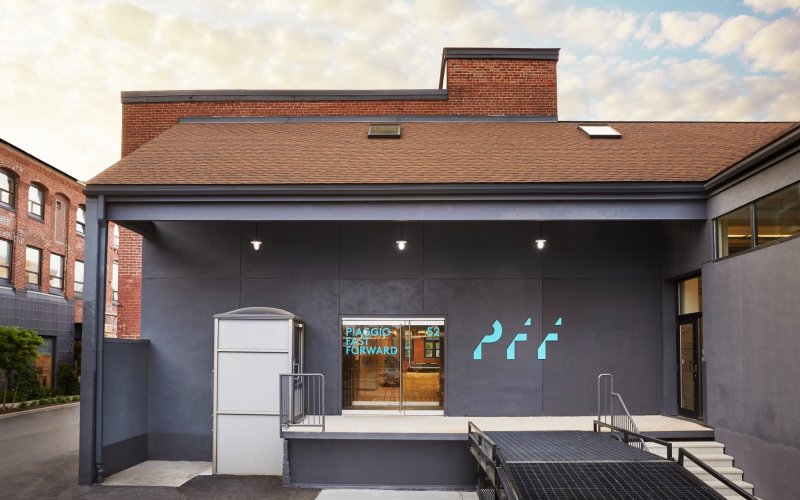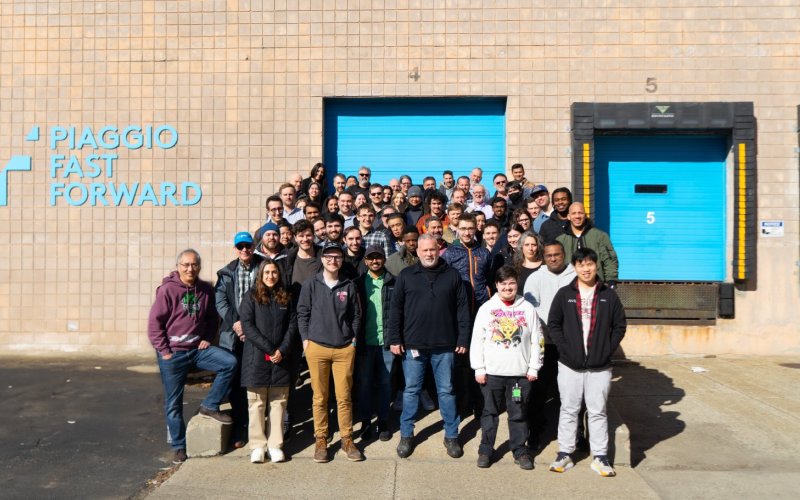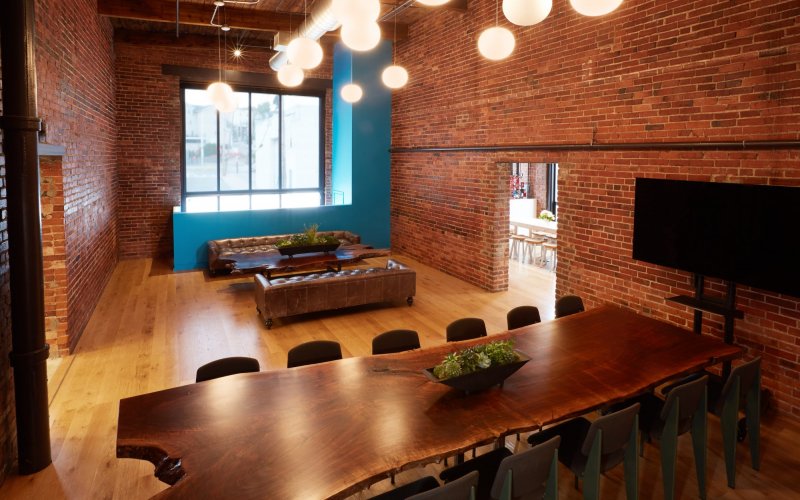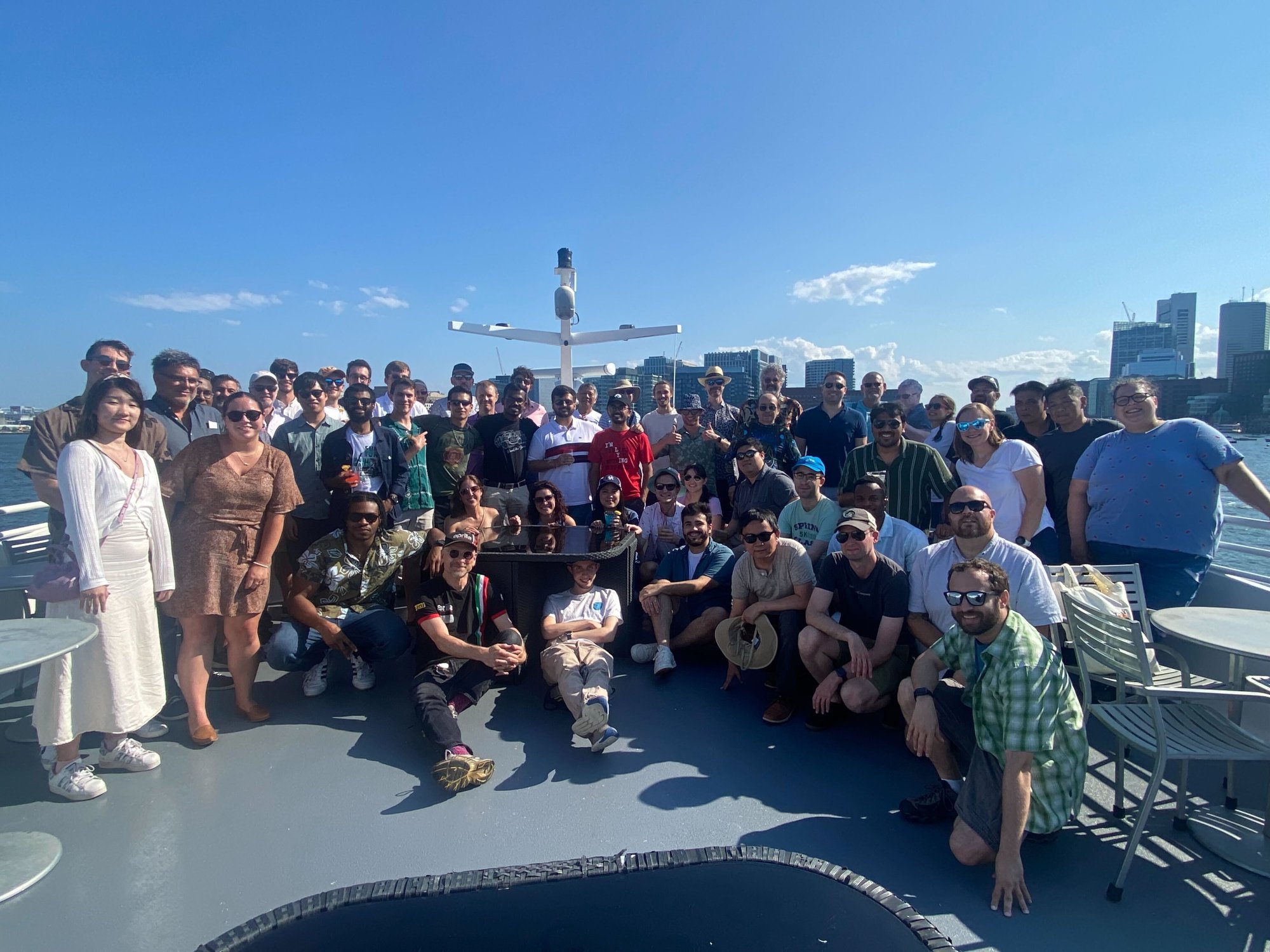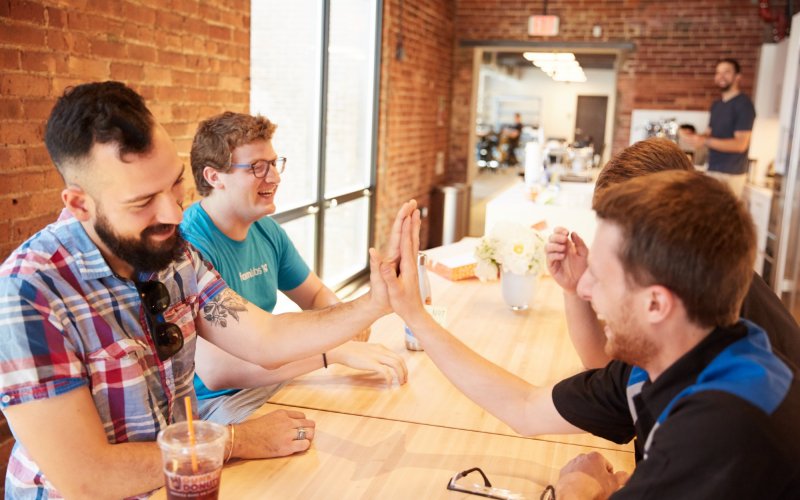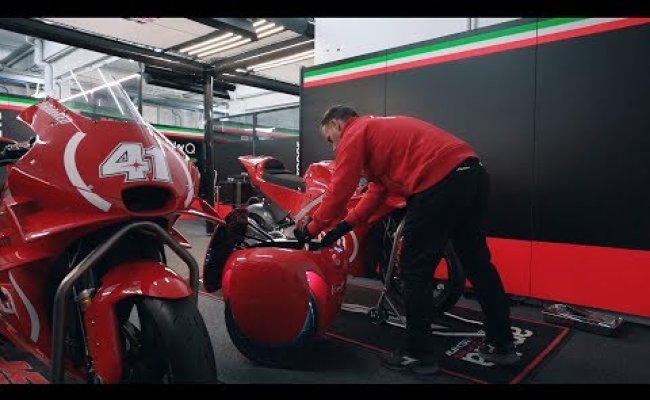Over the past few decades, I've been part of the incredible shift in the world of branding. What was once viewed as a bunch of fluff and over-spending with no hope of ROI, is now increasingly seen as fundamental to the customer experience and business value with incredible levels of commitment and measurement. Driving this shift is the massive move to digital that we experience every day; We move from our desktop to our phones to our tablets with the expectations that these experiences will be seamless. We expect the apps we use and the brands we interact with to have figured it out. The reality is that some have, most have not.
The other day, I went to pay for something using points from a travel rewards card. I was in the app on my phone trying to pay the balance with points to no avail. I eventually found that in order to pay with points, I had to log through the browser.
*Record scratch* What?
So, I'm in the experience, I want to complete the task and you want me to leave the experience and go someplace else? This frustrating experience is called friction and it will make or break your brand.
Friction is caused by customer pain, like what I experienced with my travel rewards, and because of the frustration it causes, it makes customers question your brand. Pain creates doubt and doubt results in the customer thinking your brand doesn’t care, which is the reality much of the time. I can hear C-suite folks saying, "It's too much time and money to fix or improve that. What’s the customer going to do, switch?"
Yes.
Last weekend, my Uber account was hacked. Someone had access to my account, including the credit cards and debit card I had stored there, and was riding around San Fran on my tab. Terrific. After searching the app, Googling and reading a bunch of customer reviews, which read more like hate mail, the reality set in that there was no one to call. Instead, I was instructed to instant message their team via Facebook. Seriously? Okay, seriously. Someone, likely a chatbot, responds right away asking for my email and they tell me to go to a page on their app that basically gives 3 reasons for unrecognized charges: #1 Check with your family and friends because they might have used your account, #2 You might have canceled your trip, and #3 An authorization hold was placed for a ride. Nope, nope and nope. Then I see number #4 I don't recognize the charges, which leads to a form – a long form that requires pictures, details and gobs of information for each individual charge. I canceled my credit cards and was left utterly frustrated. The next day, I tried to contact Uber again, this time calling Uber’s driver support number. I was told to follow the process on the app to file for reimbursement. We went around and around and he finally said, "I don't know what else to tell you to do." And I said, "You guys will lose in the end. Have a nice day." I deleted the app from my phone.
The lack of empathy for what happened to me was palpable. Uber didn't care that my credit card numbers are in someone else's hands or that someone hacked into my account. They didn't care to tell us when millions of accounts were compromised until a year later. They didn't care enough to create a service team and a phone number or "human" way for people to get problems resolved that are financially and personally impacting. They didn't care to be empathetic to anything or anyone. Their brand has failed to connect the dots and, instead, they gave their biggest rival, Lyft, a complete layup to slay Goliath.
The lesson in all of this madness is this:
Your brand has a friction tipping point.
Chances are, you don't know what it is, but when it happens, your customer will leave you. It might take months, like it did for me, but it will happen. It is like a leaky bucket. It's a slow drip, which without the right fix, means that, over time, your bucket will be empty. My approach to my work is all about deeply understanding the customer – their pain, their journeys, their goals – and turning those learnings and insights into human stories and experiences that fuel business growth. Because it's what I'm so passionate about, I have little to no tolerance for friction interacting with other businesses. I know too much about how to think differently and approach your brand and what it offers with care and emotion. It is not hard, torturous work. It simply requires a commitment to the customer that the entire company – top to bottom – must embrace, live and breathe. The brands that figure this out will win, the others will struggle with a never-ending leaky bucket.
I recently read a great article by Margaret Magnarelli, Senior Director of Marketing at Monster about customer-centered marketing. She inspired me to share my experience and advice for brands looking to make this shift:
Stop segmenting and start customizing
I work with lots of businesses and when we talk about their customers, they all have some sort of segmentation or categorization of customers. The problem with segmentation is that it looks at customers as a group. I'm a good example of segmentation gone bad. I often get lumped in with GenXers, which technically defines me from an age perspective, but I act more like a Millennial in terms of my buying behavior, tech and app usage, social media immersion, and preferences around interactions with brands. I also get lumped in with the "mom" crowd. I'm a mom but it doesn't define my entire life. If a brand really knew me they would know what makes me unique and, rather than sending me general, segmented marketing stuff, they would customize messaging to speak to me. You have data on what your customer buys, what they do in your app or on your website, how they interact with your service team and lots more. How can you use that data to create a personal, customized relationship? I see AI making this level of customization possible in a scalable way and urge all of you marketers and leaders to start asking and exploring different questions to understand your customers as a person, not a segment.
Dig deep into the customer journey
Your brand must be human. This sounds obvious, but, as I experienced with Uber, it is not. It's easy to get caught up in the product roadmap or whatever else is on the priority list. One way to shift your brand to become more human is to journey map your customers' experiences and understand what your customers want to do. I do this with every client before we start any customer-facing work. It takes a few people in a room with a giant sticky pad and some markers. Begin by ensuring that everyone at the table knows the customer in a detailed, personal way. Once you’re in the customer headspace, begin listing out the customer pain points or problems. What is the customer trying to solve? Why does your product help them solve it? I worked with one of my clients to do this for a new insurtech brand. We had pages of user flows and an incredible amount of detail about what the customer would expect to do at each part of the flow. It was a complicated journey - both online and offline. The best part of journey mapping is that it helps you anticipate what the customer will want to do next and helps you meet their expectations. Your journey maps become detailed blueprints for all of the customer interactions that need to be designed within and outside of the stream. Some people see journey mapping as just a product or UX exercise, but it is a super-insightful brand exercise. Once you understand the customer's journey, you are on your way to being human. Being human is emotional and building an emotional connection with your customers is the holy grail of any brand. Go on, dig deep.
Listen to the bad and ugly
I mean really listen. When a customer complains about your brand, you have a choice to make about how you handle it and how you absorb the feedback. I write lots of reviews for restaurants, hotels and products. I would say that less than 10% of my reviews are bad, but there are times when I just have to share a crappy experience. I worked with a client that would only read the positive reviews. Who wouldn’t want someone telling you how great you are all day long? But, how does that make you better? Answer: it doesn’t. And, it’s not based in reality. It’s a proven fact that negative reviews carry more weight. In Uber's case, the customer complaints are more of an uprising and Uber has made the conscious decision to do nothing to ease the pain. The bad reviews and negativity can sometimes be noisy and, sure, there are people who just like to complain. But, when you see a trend, you need to pay attention. Imagine the impact of going back to customers to tell them you heard them and you improved something based on their feedback. Imagine if Uber had listened to their customers and created a path to connect with a human to resolve these complicated issues, or imagine if they had just done it before customers started to complain? Maybe I wouldn’t have clicked “delete.”
Turn pain into empathy
Humans have the ability to be empathetic. The people around us that lift us up and give us advice when we need it and help us thru difficult times are the people we always turn to. Why? They are empathetic. The listen and understand us. Empathy creates trust. Trust is the foundation of relationships. Brands have the opportunity to be empathetic, but often don't see themselves in the relationship business. Whether you deliver pizzas, cybersecurity software or consulting services, you are in the business of forming emotional connections with people. When you understand these people - your customers - at a personal level, you can turn their pain into empathy, giving you a powerful a new way to communicate and connect. I think about the Uber situation and how empathy could change the reality for their brand. I know so many people that have switched to Lyft and, after listening to Lyft Co-Founder, John Zimmer, talk about founding the company and how their mission is centered around people and making the world a better place, I'm sold.
The bottom line is this – don't think for one second that you have a customer for life. Loyalty is dead. We continue to watch brands turn to dust because they thought they had all the power. The reality is the power has shifted to your customer. And, with one tap, your app is deleted. With one call, an account is closed. With one click, your customer can tell the world something amazing about your brand or something horrible. And, as Whitney Wolfe, the founder of Bumble says when asked about her competition, “We really aren’t worried about competitors for one reason: I really believe anyone can copy a product or piece of technology, anyone. I could go find a bunch of talented engineers and build any software product right now. However, you cannot just copy someone else’s brand and become them. There has to be authenticity and true purpose, a mission and a story. No one can replicate that.” Find your empathy and be human. It’s an untouchable advantage.
Michelle Heath is Founder & CEO at Growth Street Marketing. Follow Michelle on Twitter: @michelleheath.
Photo by Michal Parzuchowski on Unsplash.

